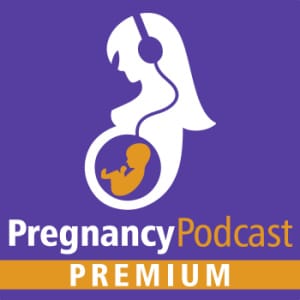Overview
Regular exercise during pregnancy can decrease your risk of complications like gestational diabetes, preeclampsia, and cesarean birth and promote a healthy weight gain. Working out can also ease common pregnancy symptoms like constipation and back pain. In addition, living an active lifestyle will improve your physical and mental health in the short and long term. This article overviews exercise in pregnancy, including recommendations and what activities you should avoid.

